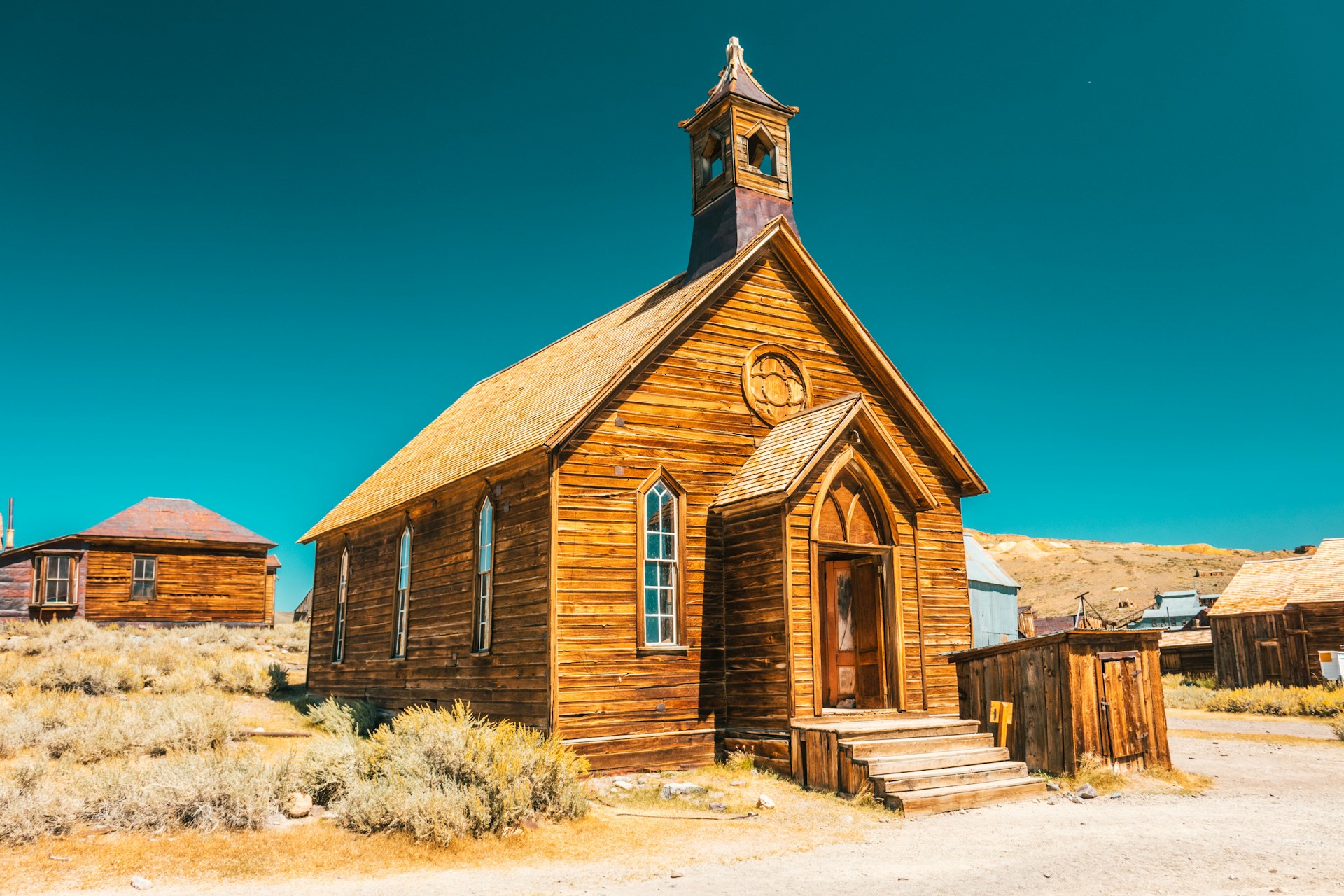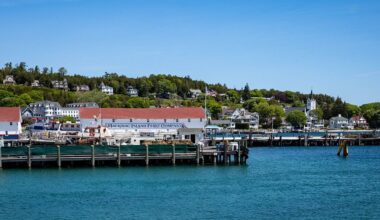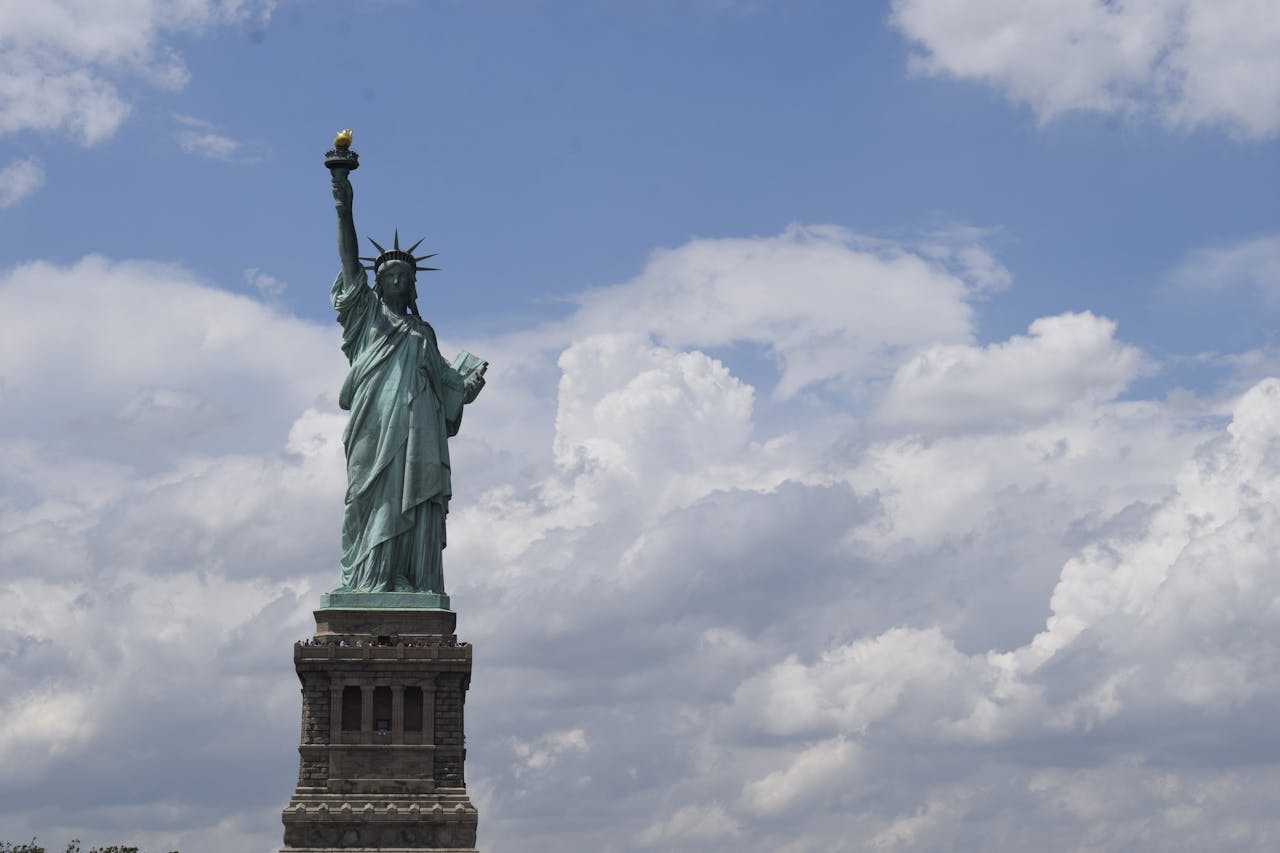Some towns died slowly when mines ran dry or rails shifted course. Others fell all at once to fire, flood, or the simple fact of distance. What remains today is a scatter of weathered schools, stamp mills, and cabins perched at the edge of maps. Roads close with the first snow, fuel sits a county away, and cell service fades to nothing. These places hold stories worth a careful visit, yet their remoteness keeps true revival out of reach and daily life impractical.
Ballarat, California
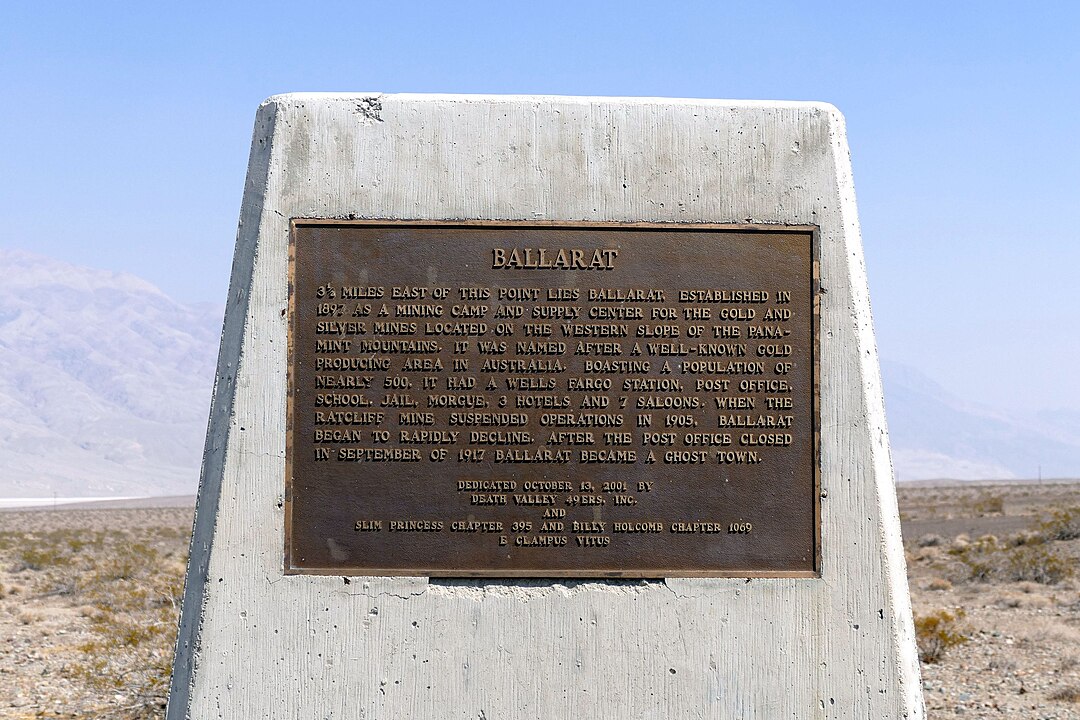
Tucked in Panamint Valley at the edge of Death Valley, Ballarat sits far from services with summer heat that punishes engines and people alike. One dusty store and a handful of ruins mark a mining past, but there is no grid, water line, or easy resupply. Gravel approaches wash out after flash floods, and winter nights bite hard in the desert cold. As a waypoint it endures, yet the distances involved make permanent residents and routine deliveries unrealistic.
Bodie, California
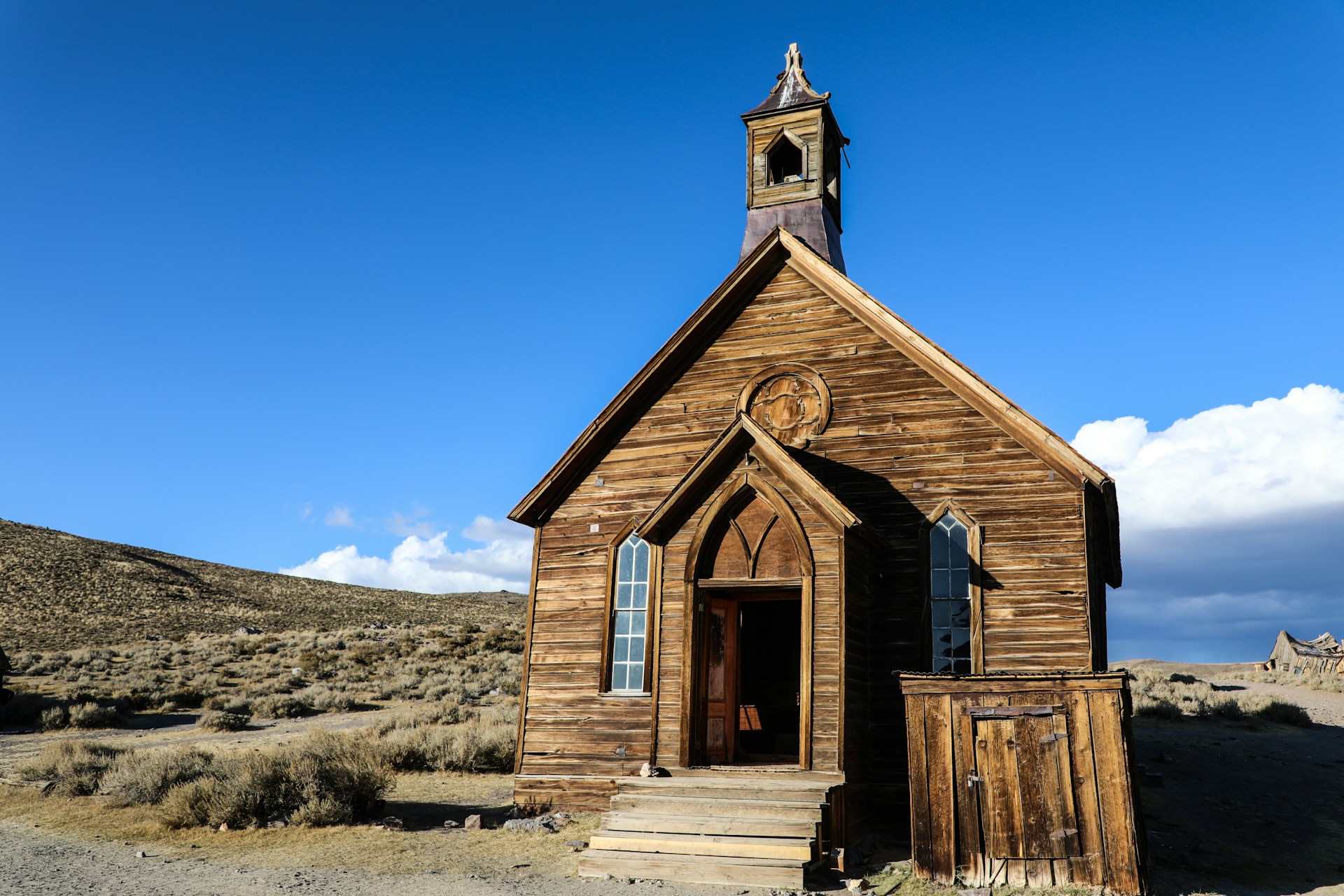
High on a sagebrush plateau near the Nevada line, Bodie rests at roughly 8,400 feet with winters that lock doors for months. California preserves the site in arrested decay, which means no restored comforts, only wind through clapboard and the creak of old timbers. The nearest full services require a long run down rough roads that drift shut. Beauty survives in the silence, but the altitude, cold, and lack of utilities keep any comeback firmly theoretical.
Garnet, Montana
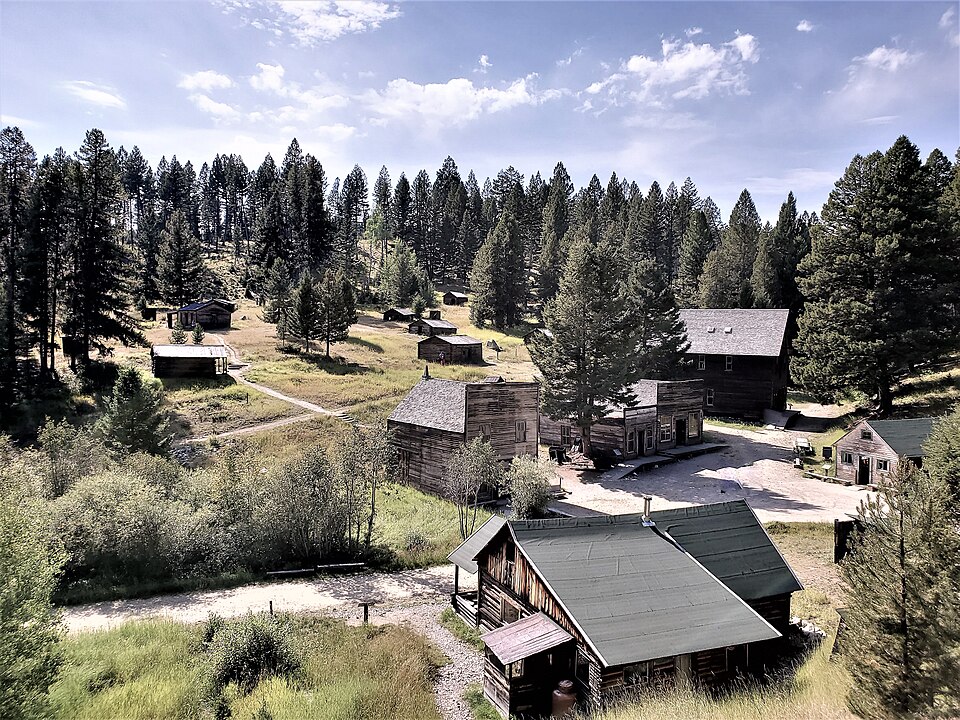
Thirty miles of gravel separate Garnet from major highways, and snow closes the main route each winter. Volunteers snowmobile in to watch over cabins that hold their shape in the dry cold, while visitors dwindle to nearly none. There is no municipal power or water, just spring lines and stoves that demand constant tending. The setting is serene, but the logistics are stubborn, which is why Garnet works as a preserved glimpse of history rather than a living town.
Animas Forks, Colorado
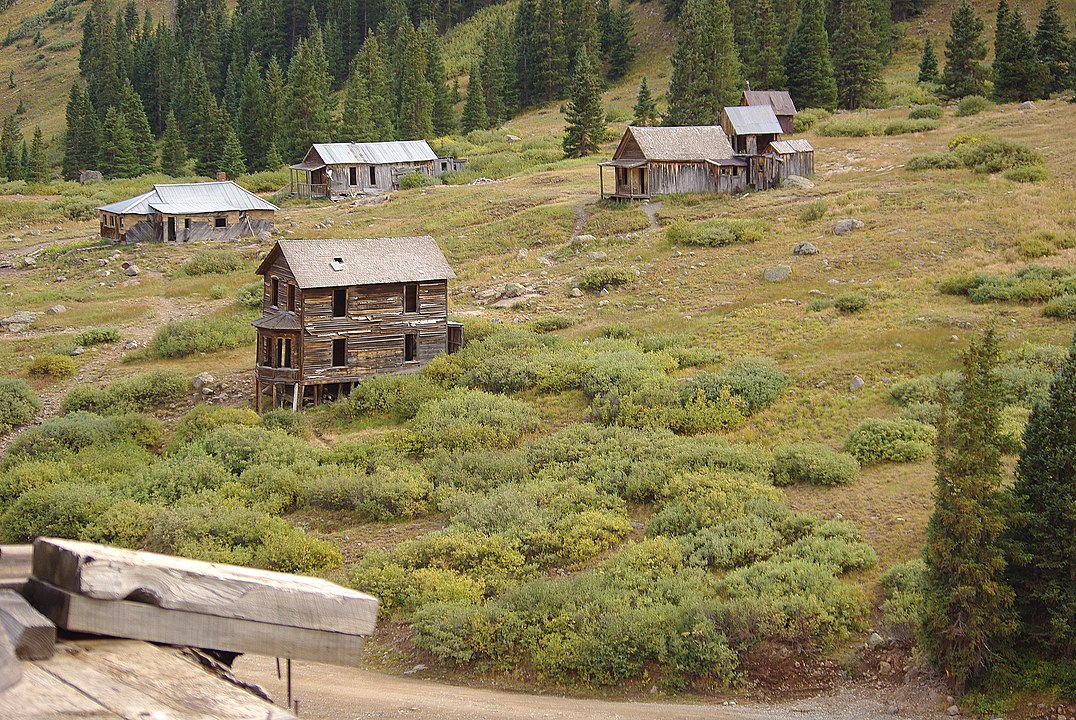
At more than 11,000 feet in the San Juans, Animas Forks spends much of the year under snow while 4×4 tracks form the only summer lifeline. The Alpine Loop draws hardy travelers, not delivery vans, and altitude sickness turns chores into work. Old frame houses lean into the wind, their boards silvered by sun and ice. The scenery is grand, yet the elevation and seasonal access make grocery runs, school days, and medical care impossible to sustain.
Frisco, Utah
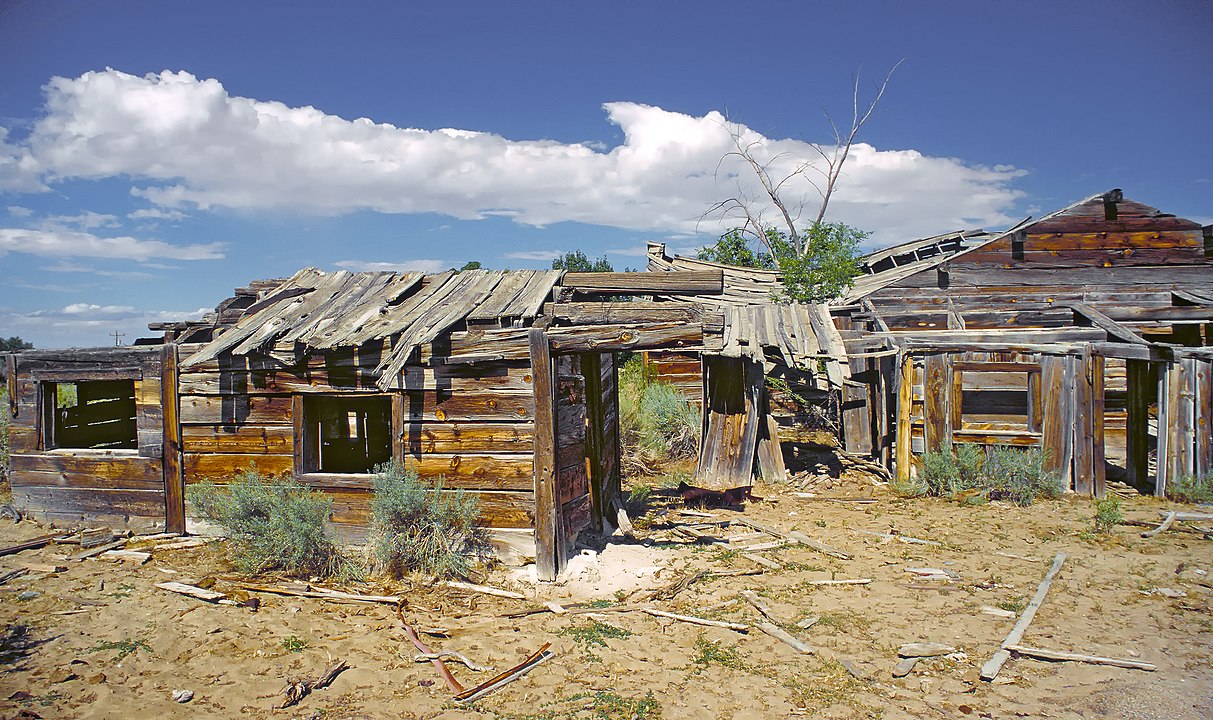
The San Francisco Mountains hold charcoal kilns and the scattered remains of a boomtown checked by a mine collapse and hard distance. Today the nearest services sit far across open desert, where storms cut dirt roads into ruts and summer heat curls paint. Water is scarce, power absent, and the economics of hauling supplies never add up. Frisco endures as a stark lesson in overreach, its isolation the constant that keeps modern life from taking root again.
Ruby, Arizona
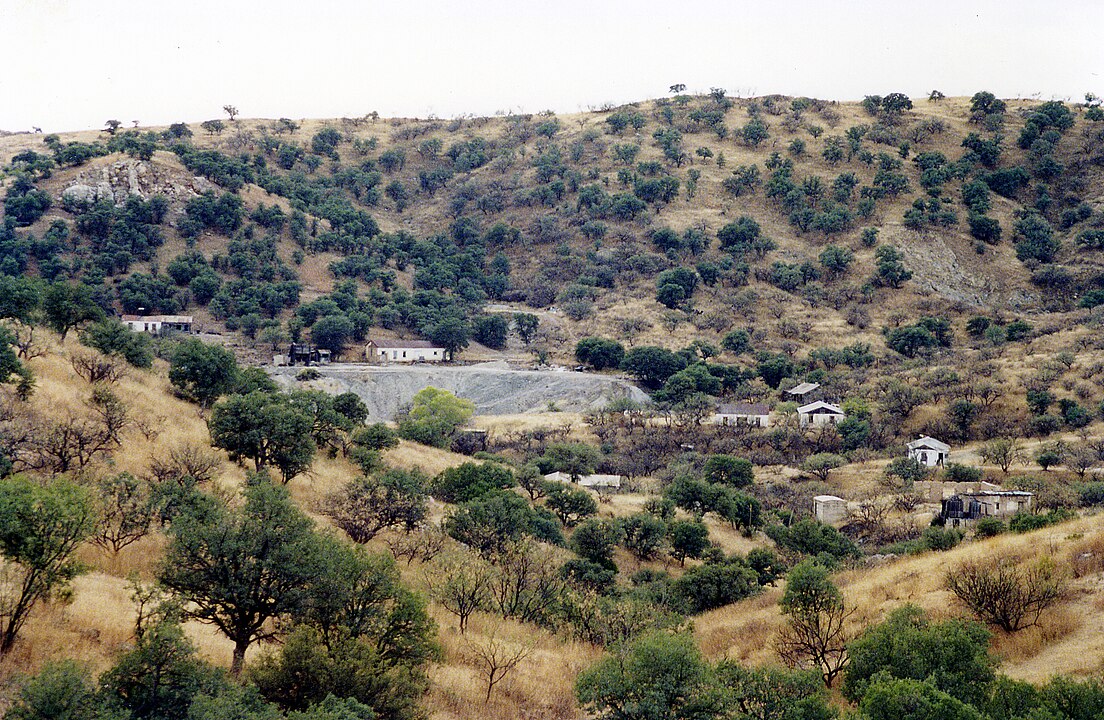
Near the border west of Nogales, Ruby stands quiet behind a gate with lakes, tailings, and tidy ruins folded into hills. Private caretakers welcome limited visitors, but there is no grid, no store, and only long dirt approaches that turn slick after monsoon bursts. The nearest fuel and groceries demand planning measured in hours, not minutes. As a historic site it thrives on stillness, yet that same stillness explains why a true relaunch remains out of reach.
Dyea, Alaska
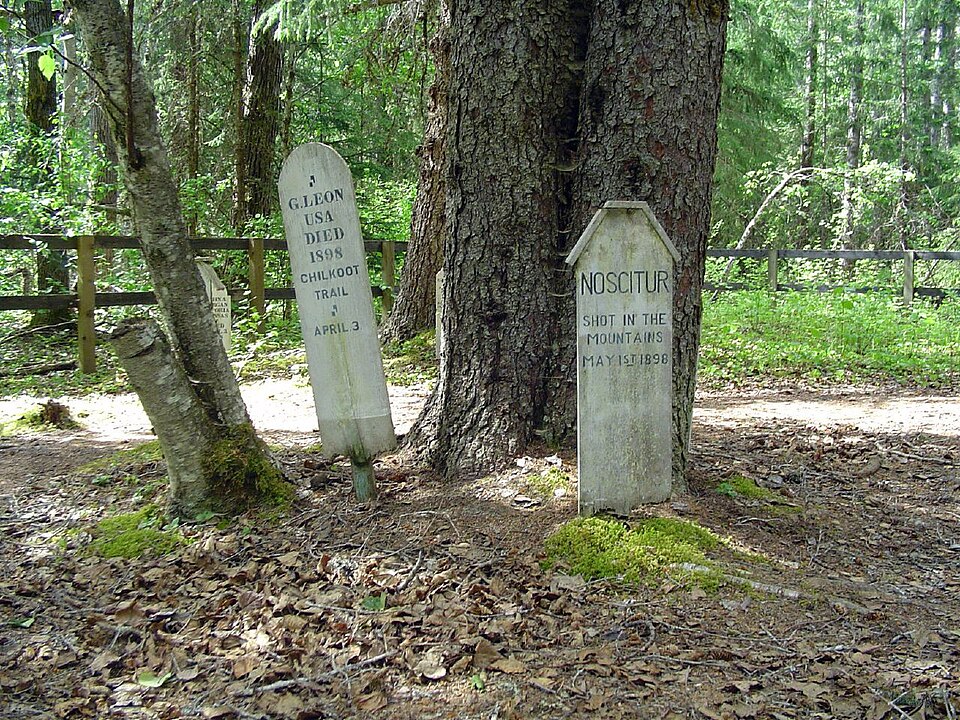
Once a Klondike gateway, Dyea lost its purpose when the rail favored nearby Skagway. Now meadows cover old streets, pilings list in tidal flats, and brown bears wander through salmon runs each summer. Weather swings fast, the Taiya River shifts course, and winter clamps down early. The National Park presence preserves memory, not infrastructure. In a landscape this harsh and quiet, rebuilding homes and services would fight the very conditions that give the place its power.
Hite, Utah
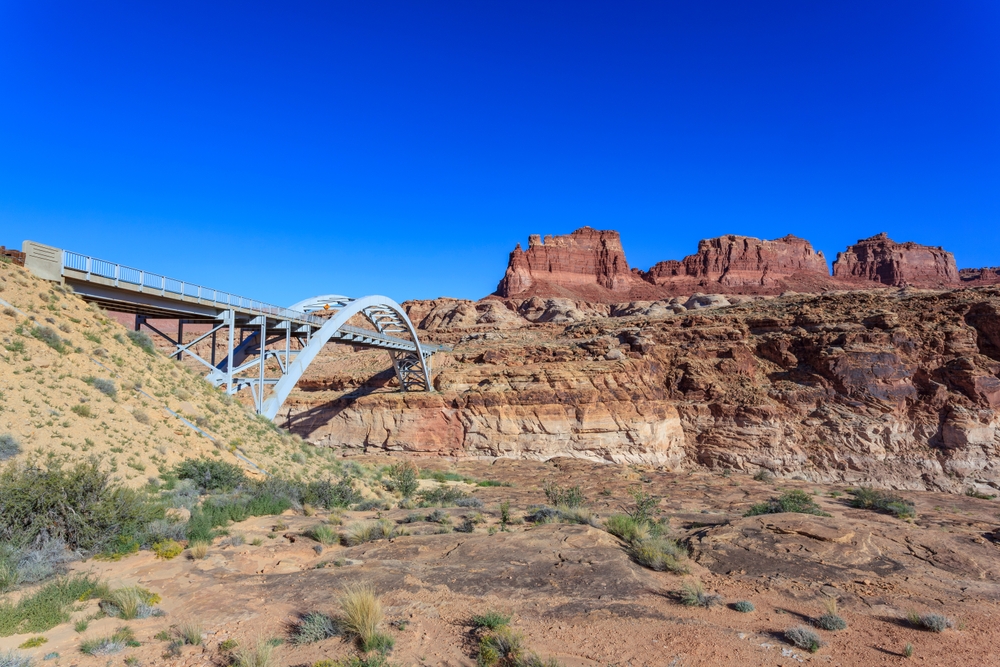
Where the Colorado once met the Dirty Devil, Hite served river runners and a lonely highway before Lake Powell rimmed the canyons. Water levels later fell, marinas stranded, and a small outpost became a wide, wind-scoured basin hours from full services. Gas can be scarce, shade scarcer, and summer heat rules the clock. The geography is breathtaking and indifferent, and the practical math of schools, clinics, and year-round deliveries never pencils out.
